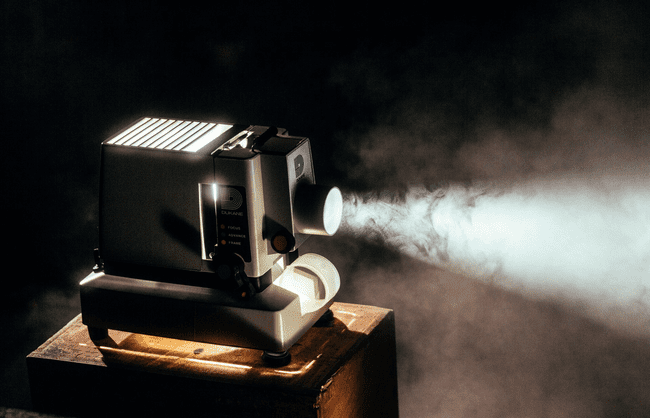In 1996, two Stanford professors, Marc Levoy and Pat Hanrahan, published a paper about light field photography. Light field photography creates a 4D image by capturing a 2D view with data about the direction and distance of the light hitting the lens. Users can refocus their images after it’s taken because of that data about the light in the photo. An example of its benefit is that robots can refocus their vision when it’s raining or if something obscures their camera.




